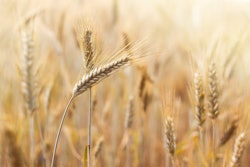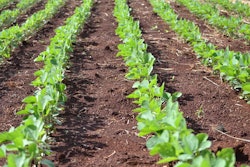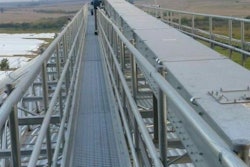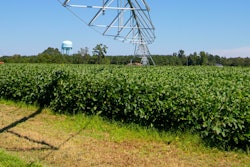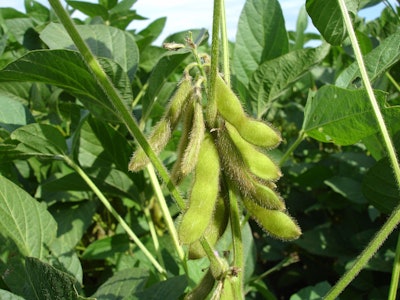
NOPA Report Estimates
The monthly National Oilseed Processors Association report is due out at 11am CT.
The average trade estimate is for processors to have crushed 168.741 million bushels of soybeans in April, down 1.8% from 171.754 million last year.
NOPA members crushed 177.984 million bushels in March which was also short of last year’s record for that month.
Estimates for the April total range from 162.752 million bushels to 172.000 million.
The average estimate for bean oil stocks at the end of April is pegged at 1.785 billion pounds in a range of 1.682 billion to 1.850 billion pounds.
If the average projection is met, it would be up slightly from 1.771 billion at the end of March but down from 2.111 billion in April last year.
FBN’s Take On What It Means: Strong demand from both processors and exporters has kept crush margins elevated. However, the pace was slowed by maintenance shutdowns and tight bean stocks limiting available supplies. The supply shortages are likely to remain in weeks ahead and keep processor bids strong.

China Sow Herd Higher
China's sow herd in April was reported up 1.1% from March, and 23% over the same month last year.
The increase comes after fresh outbreaks of African swine fever were reported in the country’s north and northeast regions.
The sow herd is now at 97.6% of the end-2017 levels before African swine fever first hit in 2018.
China continues to concentrate on larger hog operations, which have grown to 180,000, up from 161,000 at the beginning of 2020.
The the numbers of their newborn piglets up 58.8% from last year,
Large producers have slaughtered many less productive breeding animals in the first quarter this year.
The number of sows eliminated at large farms in April grew 18% from March, and was also up 96% from April last year.
FBN’s Take On What It Means: Hog producers have focused more on larger, more efficient production facilities as the country recovers from the AFS epidemic. These types of operations use a commercial feed mix which is heavy in soymeal and corn. Though the government has issued directives to use more alternative feed grains like wheat and rice, meal and corn imports continue to be cheaper than domestic supplies, which will likely keep demand up.
FBN Market Advisory services are offered by FBN BR LLC, dba FBN Brokerage, FBN BR and FBN Market Advisory (NFA ID: 0508695)
The risk of trading futures and options can be substantial and may not be suitable for all investors. Past performance is not necessarily indicative of future results.
This is not an offer or solicitation in any jurisdiction where we are not authorized to do business or where such offer or solicitation would be contrary to the local laws and regulations of that jurisdiction, including, but not limited to, persons residing in Australia and Canada.



